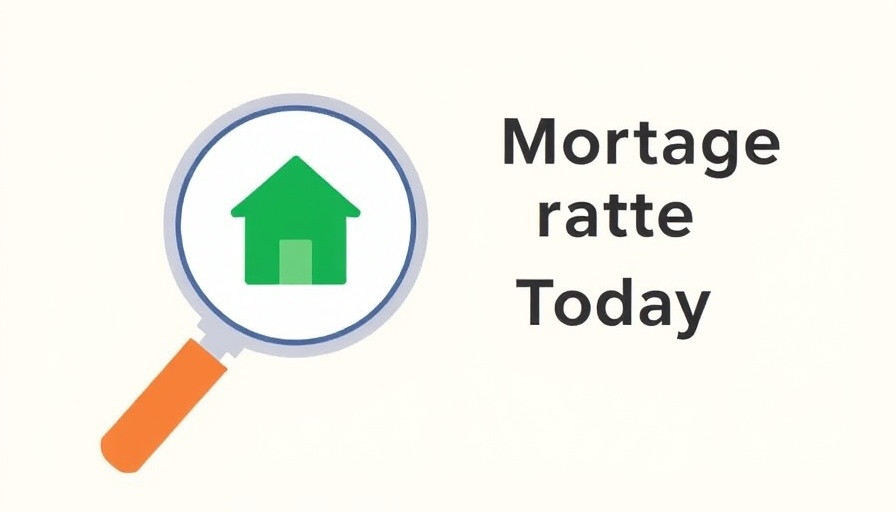
The Basics of Treasury Bills: What You Need to Know
Treasury bills, or T-bills, are short-term government securities sold at a discount to their face value. For instance, you might purchase a four-week T-bill for $96, only to receive $100 when the bill matures. This mechanism makes T-bills an appealing option for investors seeking a safe, low-risk investment.
Understanding Yield Calculations
The yield on a Treasury bill is a crucial factor for investors and small business owners alike, as it indicates the return on their investment. To calculate the yield, you can use a simple formula. The yield is determined by dividing the discount by the purchase price and then annualizing this figure based on the bill’s maturity period. The formula looks like this:
Yield = (Discount / Purchase Price) x (365 / Days to Maturity)
For example, if you purchase a T-bill at $96 with a face value of $100, the discount is $4. Assuming the T-bill matures in 28 days:
Yield = ($4 / $96) x (365 / 28) ≈ 0.054 or 5.4%
Why T-Bills Matter to Small Business Owners
For small business owners and managers, investing in Treasury bills can provide a safe place to park cash reserves. Often viewed as a low-risk alternative, T-bills can preserve capital while earning a modest return. During uncertain economic times, having liquidity through T-bills can also act as a buffer against cash flow fluctuations.
Comparison with Other Investment Vehicles
While Treasury bills are an excellent option for conservative investors, it's important to understand how they stack up against other vehicles. Stocks and corporate bonds may offer higher potential returns, but they come with increased risk. In contrast, T-bills are backed by the U.S. government, making them a go-to choice for risk-averse savers. However, understanding the trade-offs is essential—T-bills typically yield less than stocks over time.
Future Trends in Treasury Bill Investing
Current market trends show fluctuating interest rates, which may impact T-bill yields in the coming years. As the Federal Reserve adjusts its policies to combat inflation, T-bill yields could rise, potentially attracting more investors. For small business owners, this evolving landscape may create opportunities to earn better returns on otherwise idle cash reserves.
Common Misconceptions About T-Bills
Many small business owners believe that Treasury bills are only suitable for wealthy investors or large institutions. This misconception can deter entrepreneurs from exploring a solid investment option available to them. In reality, T-bills are accessible to anyone, with minimum investments starting low enough to suit small business budgets.
Actionable Insights for Business Managers
If you're considering T-bills as an investment strategy for your business, here are some practical tips to maximize your approach:
- Establish an investment policy that clearly defines your goals and risk tolerance.
- Consult with financial advisors if needed to ensure that T-bills align with your overall investment mix.
- Monitor interest rates regularly as this can significantly alter the attractiveness of T-bills.
- Consider staggering maturities to maintain liquidity while taking advantage of available investment opportunities.
In Summary: The Value of T-Bill Investment
Investing in Treasury bills can be a strategic decision for small business owners looking to steady their financial ship in uncertain waters. As principal investments backed by the government, T-bills not only safeguard your capital but also enable you to achieve modest yet desirable returns. Evaluating this option considering your business's financial landscape is vital for effective cash management.
 Add Row
Add Row  Add
Add 




Write A Comment